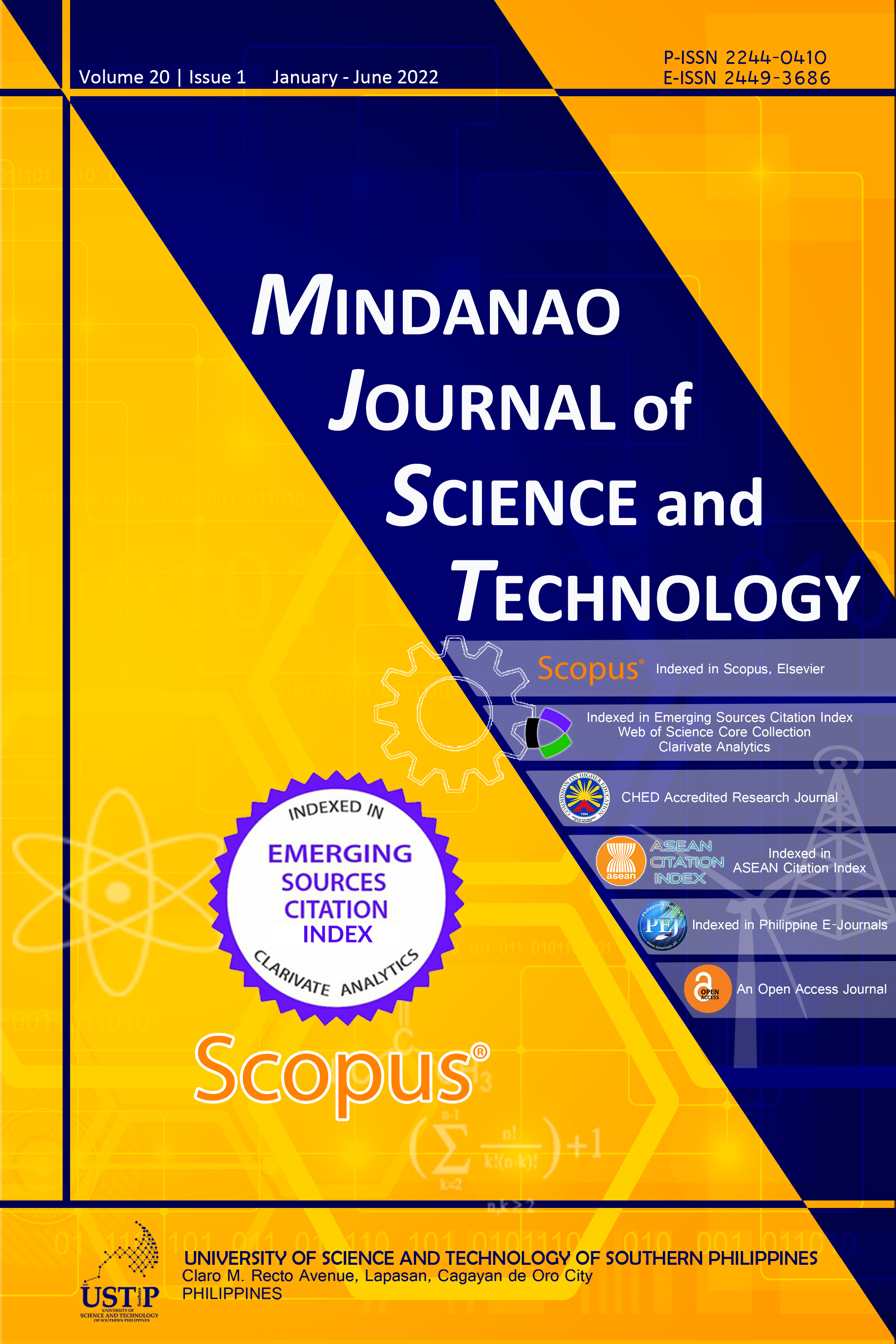In Vitro Multiplication of Eucalyptus pilularis and Eucalyptus grandis x E. urophylla (Urograndis Eucalypt): Effect of Light Quality in Temporary Immersion Bioreactor
Keywords:
bud multiplication, eucalypts, in vitro culture, micropropagation techniqueAbstract
Light quality is an important factor for in vitro development of explants in a bioreactor system. Based on the need to optimize, this study aimed to evaluate the in vitro multiplication of Eucalyptus pilularis and urograndis eucalypt using different light quality in a temporary immersion bioreactor (TIB) system. Different spectral qualities on in vitro multiplication were evaluated using three light sources, namely fluorescent lamp (white light), red and blue. Shoot length, number of buds, fresh weight per explant, vigor and hyperhydricity were evaluated according to an established scoring scale at 30 days. The results showed that fluorescent white light was the most appropriate for use in the in vitro multiplication of E. pilularis, and blue light for the urograndis eucalypt clone resulting in a greater shoot length (1.46 cm; 2.41 cm), number of buds (2.25; 10.20), vigor (1.8; 1.3) and fresh weight per explant (86.9 mg; 449 mg). The results can be applied to optimize clonal microplant production on a commercial scale.










